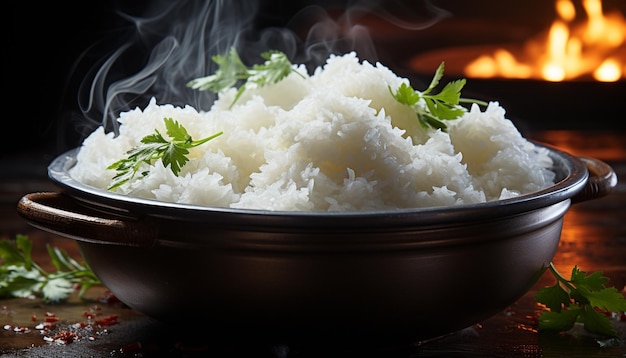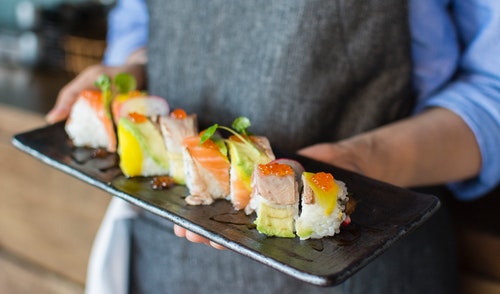Creating perfect sushi rice can be a daunting task, especially if you’re new to the art of sushi making. But fear not! This sushi rice troubleshooting checklist is designed to help you navigate any challenges you might face in your culinary journey. Whether you’re a seasoned sushi lover or a beginner, following these guidelines will ensure that your rice is always on point.
The key to mastering sushi rice lies in understanding the nuances of rice types, cooking methods, and common problems that can arise. By having a sushi rice troubleshooting checklist at your disposal, you can tackle any issues with confidence and ease.

Understanding Sushi Rice
What is Sushi Rice?
Sushi rice is a specific type of short-grain rice that is seasoned with a mixture of vinegar, sugar, and salt. It is sticky enough to hold together, yet not so sticky that it becomes mushy. The texture and flavor are crucial for authentic sushi.
Types of Rice Used in Sushi
While short-grain rice is traditionally used for sushi, some people also experiment with medium-grain rice. For more information on the differences between these types, you can visit rice comparisons.
Common Problems and Solutions
Rice is Too Mushy
If your rice turns out too mushy, it may be due to excess water or overcooking. Make sure to use the correct water-to-rice ratio and monitor the cooking time closely.
Rice is Too Hard
Hard rice is often the result of insufficient water or undercooking. Check your measurements and consider adjusting the cooking time if necessary.
Rice Lacks Flavor
Proper seasoning is vital for flavorful sushi rice. Ensure you’re using the right amount of vinegar, sugar, and salt. It may help to refer to a rice seasoning guide.
Cooking Techniques
Using a Rice Cooker
A rice cooker is a convenient tool that can simplify the process of making sushi rice. It ensures even cooking and can prevent problems such as burning or undercooking.
Stovetop Method
Cooking sushi rice on the stovetop requires a bit more attention but can yield excellent results. Make sure to use a heavy-bottomed pot and keep an eye on the heat.
The Importance of Rinsing
Rinsing the rice before cooking is essential to remove excess starch. This step helps achieve the desired texture and prevents the rice from becoming too sticky.
Essential Tools
Rice Cooker
A reliable rice cooker can make a significant difference in the quality of your sushi rice. Consider investing in one if you frequently make sushi at home.
Sushi Vinegar
Sushi vinegar is a blend of rice vinegar, sugar, and salt. You can make it at home or purchase it pre-made for convenience.
Thermometer
Using a sushi rice thermometer can help ensure your rice reaches the optimal temperature for seasoning. Check out how to use a rice thermometer.
Advanced Tips
Experimenting with Flavors
Don’t be afraid to experiment with different flavors and seasonings. Some sushi chefs incorporate ingredients like kombu or sake to enhance the taste.
Presentation Matters
The way you present your sushi can elevate the dining experience. Practice rolling and cutting techniques to make your sushi visually appealing.
External Resources
For more insights on the types of rice used in cooking, you might find this rice guide helpful.

FAQs
Why is my sushi rice too sticky?
Overcooking or not rinsing the rice can lead to excessive stickiness. Adjusting these factors can improve the texture.
Can I use any type of rice for sushi?
For best results, use short-grain sushi rice. Other types may not provide the desired texture and flavor.
How do I store leftover sushi rice?
Store in an airtight container in the refrigerator and consume within a day or two for optimal freshness.
This article contains affiliate links. We may earn a commission at no extra cost to you.



